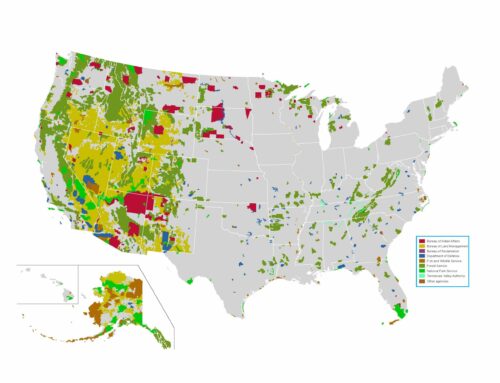by Greg Walcher, E&E Legal Senior Policy Fellow
As appearing in the Daily Sentinel
For decades, we have debated the destruction of our national forests caused by a lack of management. We have watched catastrophic fires incinerate 200 million acres over the past 30 years. Yet we still cannot escape the conceited, supercilious popinjays in the environmental industry who insist on dictating forestry policy to professional foresters.
The latest demonstration of their destructive prescriptions is a new Forest Service proposal to rewrite all 128 national forest management plans to save “old growth.” The idea that it must be “saved” from active management is pure flapdoodle, or perhaps flummadiddle if you are into semantics. One would think after almost all leaders — even most environmental leaders — agree that active management must return to the landscape to save the forests, the agency in charge would end its reliance on outdated slogans like “save the old growth.”
Agency chiefs have appeared at conferences and made speeches for years, giving lip service to the need to restore forests that are dying, collapsing, and burning — a disaster then-Sen. Ken Salazar once called the “Katrina of the West.” Unfortunately, not much progress has been made in the years since activists and zealots put a stop to almost all forest management, building a virtual wall against human activity. Instead, the bark beetles went unchecked, marching across millions of acres of forests from northern New Mexico to British Columbia, leaving a trail of destruction that would make Sherman blush. Colorado alone has over 800 million dead trees across 3.4 million acres.
Opponents of forest management are still chanting about spotted owls and clear-cutting and related issues from the distant past, failing to understand or acknowledge that some species of trees will not grow back without clearcutting, while others will not grow back with it. Old growth is a similarly discredited one-size-fits-all mantra, as foresters know some species can live more than a thousand years, and others barely a hundred. In other words, all types of forests cannot be managed the same in all places. Yet that is precisely what the agency’s latest pronunciamento would do.






